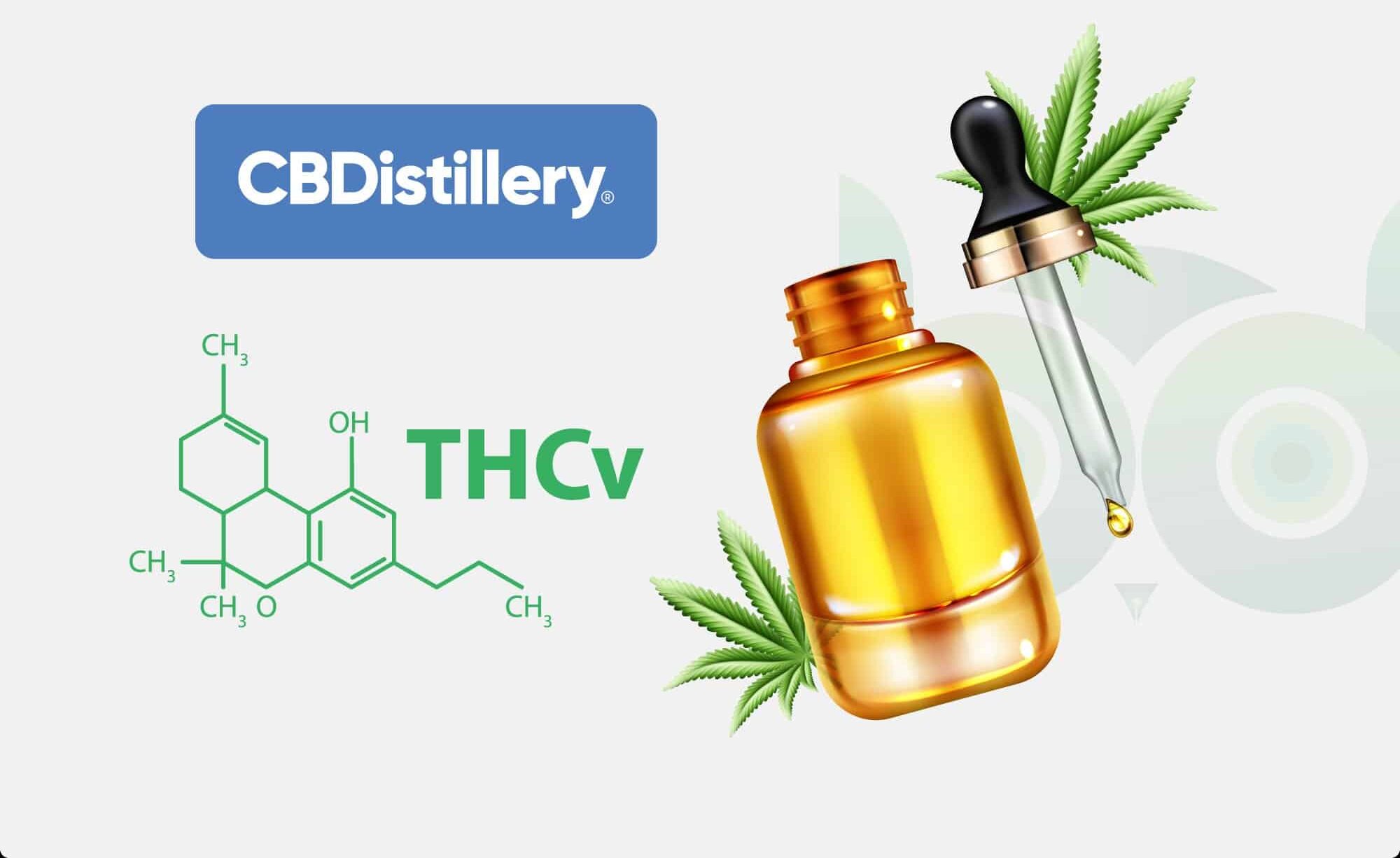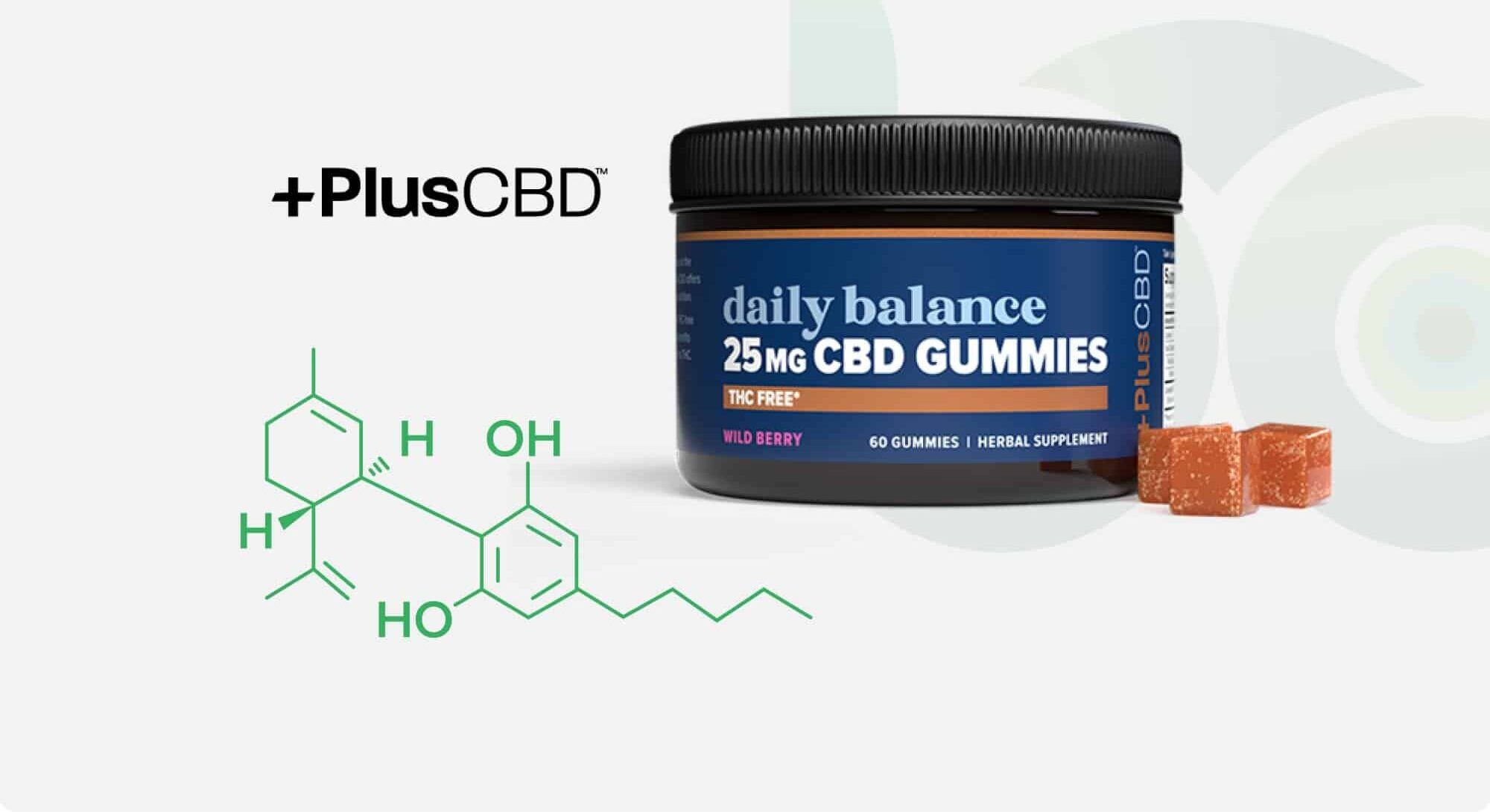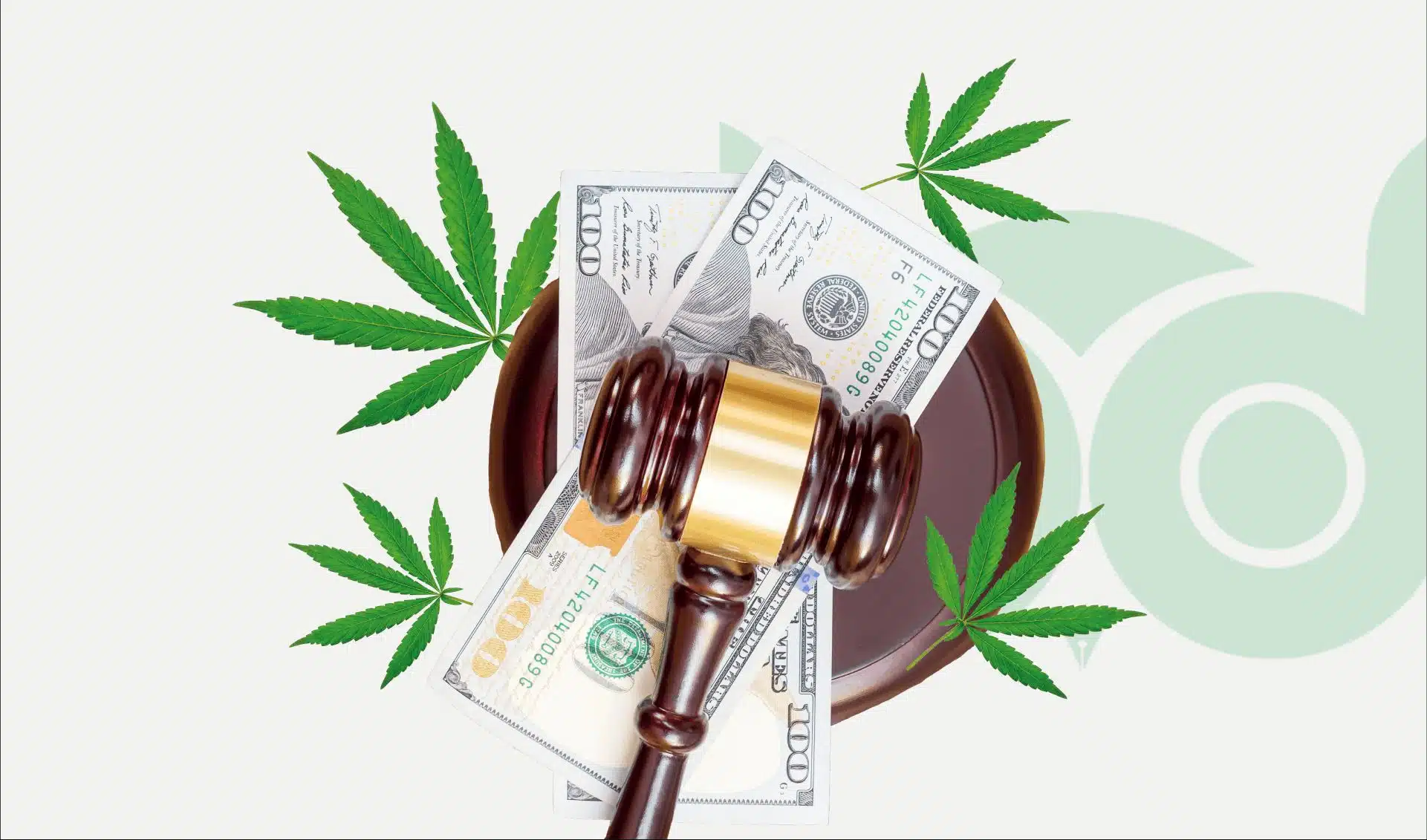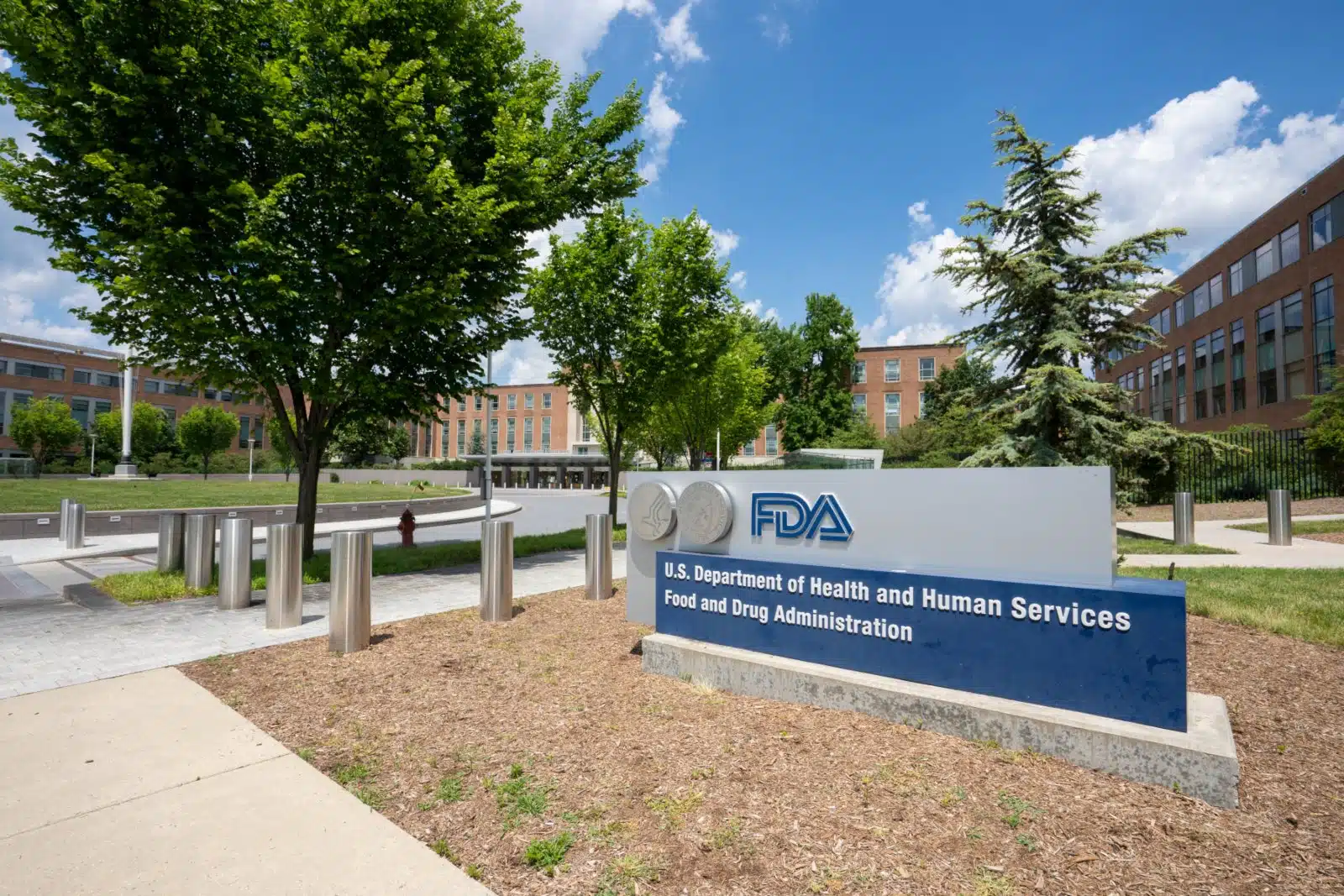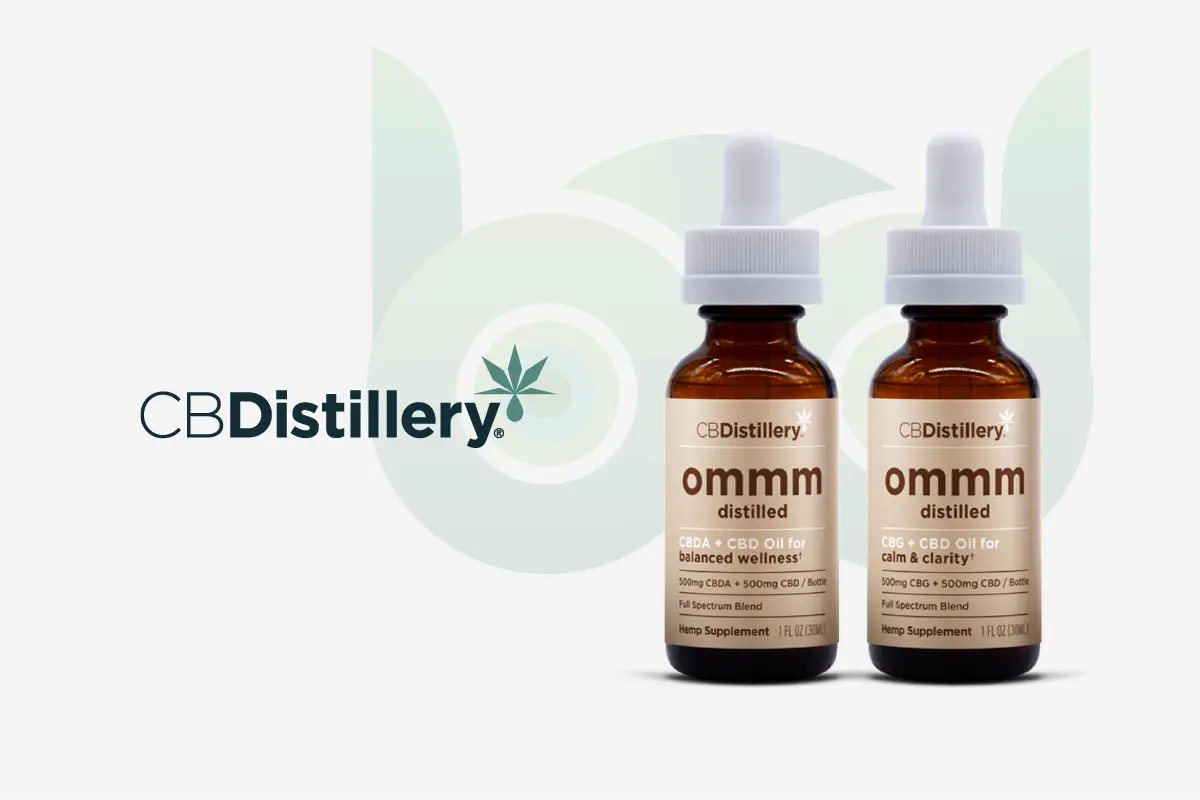-
- Market Research
- |
- CBD Near Me
- |
- Giveaways
- |
- Newsletter
- |
- Contact
- |
- Advertise
- |
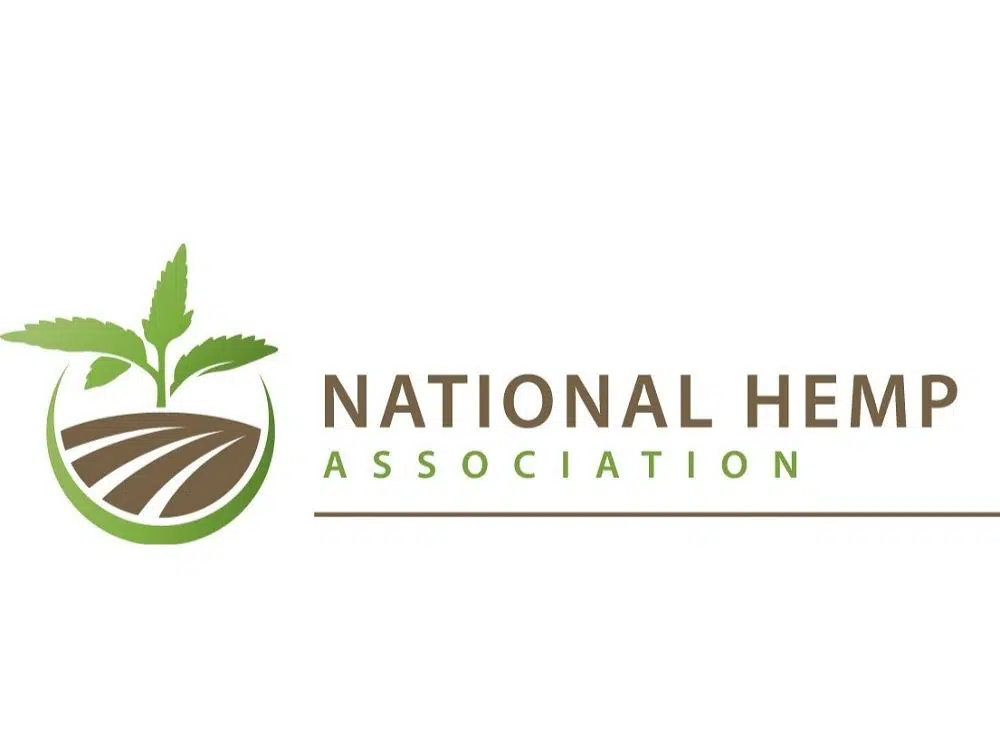
The National Hemp Association is a non-profit organization dedicated to progressing the state of industrial hemp cultivation and processing in the United States.
Established in 2011, the NHA was originally a statewide organization only (Colorado), eventually branching out to become a national organization in 2013.
In service of their mission to expand and legitimize industrial hemp in the US, the NHA works closely with hemp producers, legislators, and other industry insiders to create a more fertile landscape for industrial hemp cultivation.
We keep emphasizing “industrial hemp” because it’s important to distinguish that the NHA is currently focusing a little more on the fiber and grain side of hemp while still advocating for hemp-based dietary supplements like CBD products.
While our publication generally focuses on what CBD and neighboring cannabinoids do for the body after being extracted from hemp, as a row crop, hemp fiber and grain have literally hundreds of uses in textiles, paper, biofuels, body care products (hemp seed oil), and many, many other categories.
While these two sides of the industry share plenty of common ground (like pining for a more flexible THC limit), the fiber and grain side is very much a distinct market with unique financial, logistical, and legal challenges in play.
A Conversation With Executive Director Erica Stark
To further our understanding of the industrial hemp industry and one of its champions, we had the pleasure of an illuminating conversation with NHA Executive Director Erica Stark.
Here’s what we learned.
How does the NHA educate the public about the benefits of hemp?
The NHA has an email list of more than 15k subscribers, providing the organization a solid platform to report recent events and accomplishments, advocate for hemp, and educate consumers about the highly versatile, bio-sustainable crop.
The organization also partners with digital marketers to promote and spread awareness of industrial hemp on social media and other high-traffic channels.
Like several top-tier CBD brands we’ve reviewed and worked with, the NHA is committed to teasing apart spurious claims made in the poorly regulated industry.
In Erica’s words, this means partnering with “people who separate wheat from chaff in the cannabinoid space.”
How does the NHA help shape hemp regulations?
Jumping a rung (or fifty) from state- to national-level advocacy in 2013 gave the NHA a more advantageous position for contributing to federal hemp regulation, which they did on numerous occasions.
Some of the NHA’s most notable contributions to industrial hemp regulation on the federal level include working with legislators on the 2018 Farm Bill and testifying in front of a committee in 2019 regarding the USDA Final Rule for US hemp production.
As the executive director noted, even more comprehensive legislation would have had a hard time keeping up with the rapid evolution of the hemp industry since 2019, such as the confusing and polarizing rise of delta-8 THC.
Between curveballs like delta-8 and the continued push-and-pull between state and federal cannabis guidelines, the NHA and fellow advocates have realized that regulation is a living process, not a singular milestone you can check off and move on from (yet).
What would a fully prepared hemp infrastructure look like in the USA?
For the cannabinoid side, the infrastructure is mostly in place by now; the biggest hurdle is learning how to scale, but that’s a natural progression for any industry.
On the other hand, the fiber and grain side of the hemp industry needs to overcome several challenges to set up a healthy infrastructure.
According to Erica, “Cross-pollination will be a bigger issue as fiber and grain increases; we need to find a way for hemp, fiber and grain, and high-THC to coexist.”
In other words, if and when legal hemp growing operations expand drastically because of a more favorable regulatory environment, the industry will have to figure out a way to prevent or work around the cross-pollination issue.
Along similar lines, the executive director also explained that researchers need to more clearly outline which strains of cannabis are most viable in America’s widely varied climate zones.
Finally, the machinery required to process hemp is also not widely available, posing an obvious threat to the industry’s progress.
Has the NHA noticed a change in the stigma surrounding hemp products?
As expected, this was a difficult question to answer, considering the split down the middle of the industry, the many applications of hemp, and new developments that change public perception.
“Yes, because so many people have realized the benefits of cannabinoid products, fiber and grain have beneficial environmental impacts, and cannabis as a whole is now supported by a majority of the US,” Erica summarized.
Just like the issue of pinning down comprehensive legislation, however, the stigmatization of hemp also sees a “revolving door” effect as new and controversial players like delta-8 hit the scene.
Caught between the many states looking to outlaw delta-8 and a small handful of CBD brands that have embraced it, the NHA “chooses to remain agnostic on the issue,” Erica told us.
What does the future of hemp look like in the USA?
Once again, the answer varied based on the side of the hemp industry in question.
“In 5-10 years we’re going to see industrial hemp become as traditional row crops like corn; we’ll see lots of processing centers pop up, paper products, and bioplastics,” Erica explained.
The merited “buzziness” of regenerative agriculture should also serve to prop up the industry as it grows, thanks to the natural bio-sustainability of industrial hemp.
On the dietary supplement side, Erica predicts the FDA will eventually provide a clear regulatory path, but CBD and other hemp-based cannabinoids may never make it into food products because it would be difficult to reliably measure daily consumption, among other challenges.
As we’ve heard from the FDA and even CBD brands, the state of hemp research needs some serious TLC to paint a more comprehensive picture of potential side effects and other issues.
But the CBD industry isn’t waiting—for about five years now, CBD brands have been taking advantage of the compound’s popularity, creating a sizable market despite ambiguous state and federal regulations.
Some even argue that CBD has already seen its peak and that regulation will arrive on the downhill.
When we brought up the poor timing of the “CBD bubble,” considering regulation hasn’t even happened yet, Erica brought up an important insight:
“We saw the oversaturation of the market coming, but we are seeing bad actors go away and consolidation from the bigger players doing things the right way. Once we get through this, I think we’ll be better for it.”



